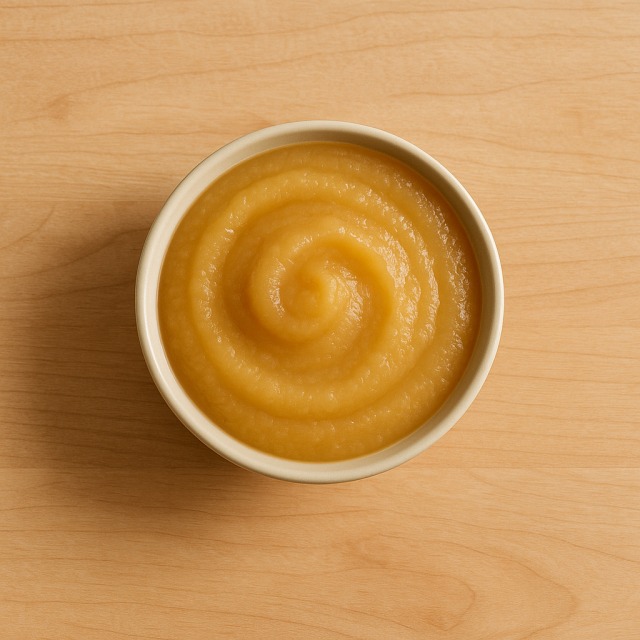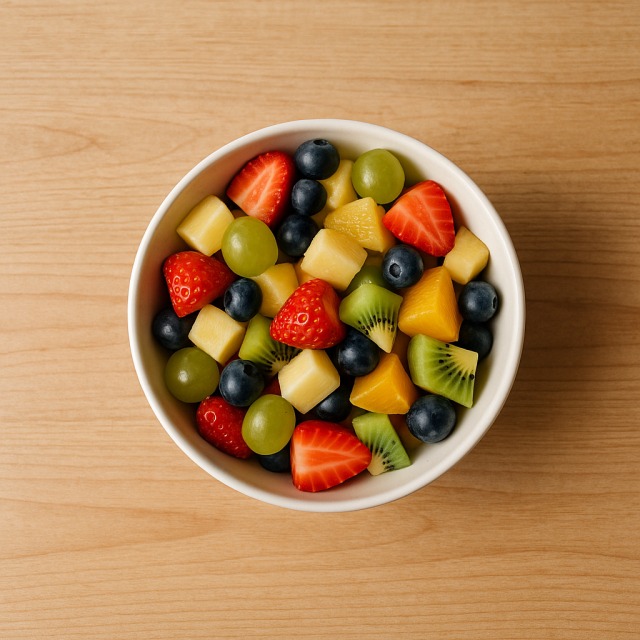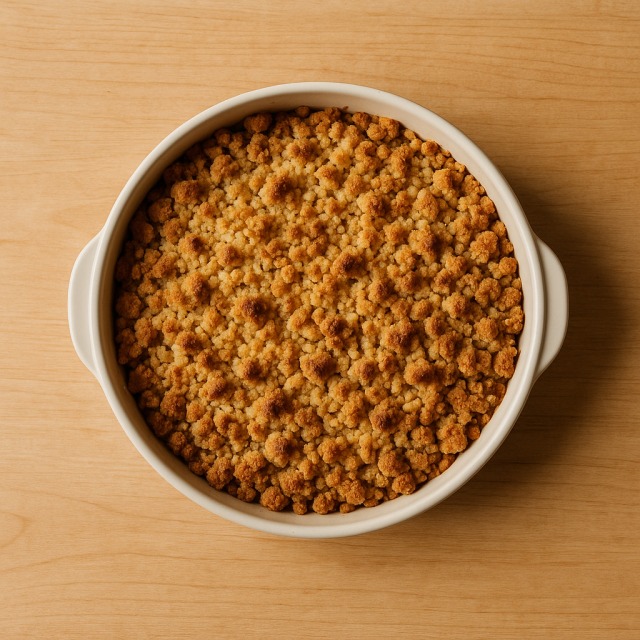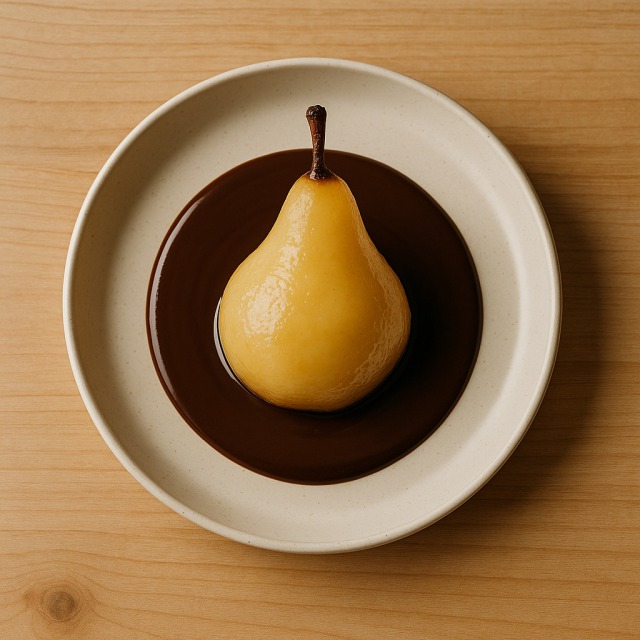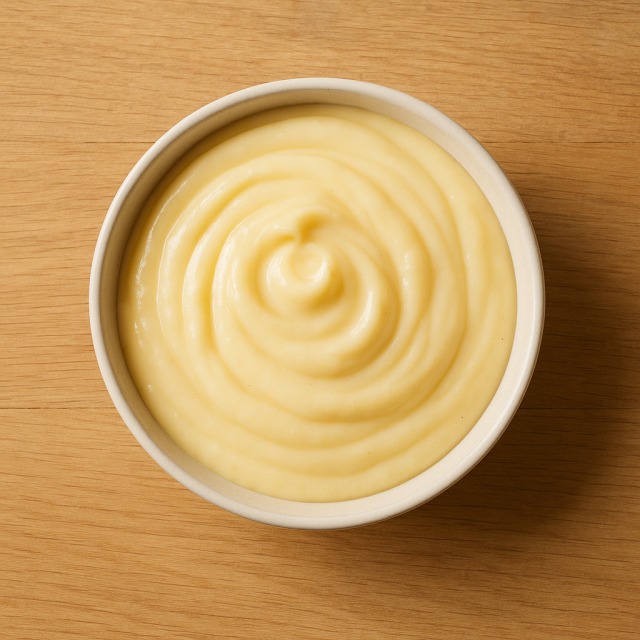Calorie Chart / Desserts / Chestnut cream
How Many Calories Are in Chestnut cream?
Calculation of the nutritional value & Recommended Dietary Intake of chestnut cream
For g and a calorie requirement of kcal
| Calories 298 kcal | Proteins 2 g | Lipids 1.2 g | Carbohydrates 70 g |
| 15% | 3% | 2% | 25% |
Health benefits of chestnut cream
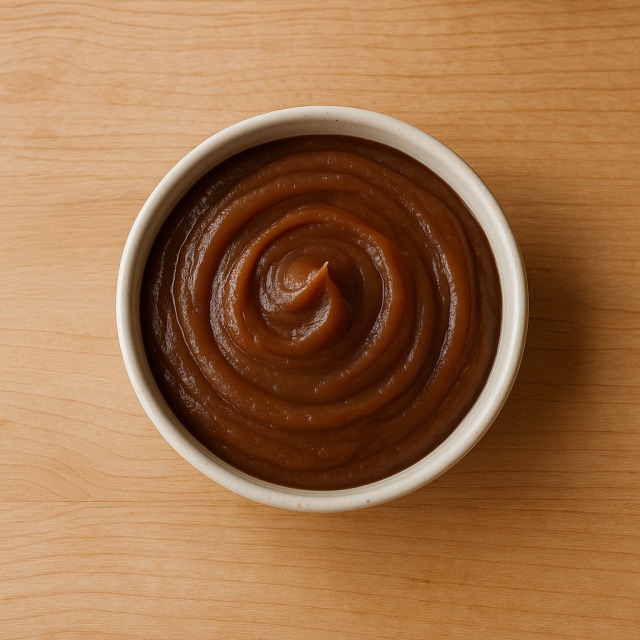
Chestnut cream - 100g
Calories 298 kcal
Proteins 2 g
Lipids 1.2 g
Carbohydrates 70 g
Chestnut cream is considered a high-calorie food (298 kcal/100 g), mainly because of the added sugar that turns the naturally mild sweet chestnut into a velvety spread. Despite these calories, it still delivers several nutrients: potassium that helps regulate blood pressure, magnesium for normal muscle function, and small amounts of iron and B-group vitamins (B1, B2, B6) that participate in energy metabolism. The original chestnut already contains vitamin C, but most of it is lost during cooking; the trace that remains nevertheless contributes to immune support.
Thanks to its chestnut base, the cream is naturally gluten-free and provides soluble fibres that can gently aid digestion if consumed in moderation. Compared with butter or chocolate spreads, its fat content is very low (1.2 g/100 g), which means its calories come predominantly from carbohydrates. People looking for quick energy before endurance exercise sometimes value those fast-acting calories.
Historically, chestnut cream – "crème de marrons" – was invented in 1885 by French confectioner Clément Faugier in Ardèche to use up broken candied chestnuts. This culinary heritage explains why the product remains popular in France and Italy, and why searches for "chestnut cream calories" spike every autumn.
In short, chestnut cream is calorie-dense but low in fat, offering minerals and fibre in a sweet package. Anyone counting calories should keep portions modest, yet the spread can still fit into a balanced diet when the rest of the meal is lighter in calories.
Tips for incorporating chestnut cream into a balanced diet
Because chestnut cream packs many calories, pairing it with low-calorie ingredients helps balance the overall plate. A classic idea is to swirl a tablespoon into plain yogurt or layer it over fresh apple slices: the protein or fibre of these foods slows sugar absorption while reducing the calorie load per bite.
For a comforting yet reasonable breakfast, spread a thin layer on a wholemeal bread slice, add a few crushed almonds for crunch, and finish with a sprinkle of cinnamon. The nuts add proteins and healthy fats, so you stay full despite the rich calories of the cream.
Dessert lovers can fill a warm pancake with two teaspoons of chestnut cream and fresh berries; the fruit volume lets you enjoy sweetness without multiplying calories. In baking, replace part of the sugar in a muffin batter with chestnut cream to bring flavour while keeping total calories in check.
If you are watching calories strictly, reserve chestnut cream for special occasions and focus daily snacks on lower-calorie options such as banana or clementine. Athletes needing quick refuelling after a long run may deliberately choose a couple of spoonfuls of chestnut cream on a rice cake because those concentrated calories help replenish glycogen fast.
Frequently Asked Questions
- How many calories are in chestnut cream?
- Chestnut cream provides 298 kcal per 100 g.
- Is chestnut cream healthier than chocolate spread in terms of calories?
- Most chocolate spreads offer around 530 kcal/100 g, almost twice the calories of chestnut cream, but they also contain far more fat. Chestnut cream is still calorie-dense, so portion control remains essential.
- Can chestnut cream fit into a weight-loss diet?
- Yes, but only in small portions. Limiting yourself to 20 g (about one tablespoon) keeps the calories under 60 and allows you to satisfy a sweet craving without derailing your calorie deficit.
- Is the sugar in chestnut cream natural?
- No. While chestnuts contain natural sugars, commercial chestnut cream has additional cane sugar, which increases both sweetness and calories.
- Does chestnut cream contain proteins or fats?
- It contains about 2 g of proteins and only 1.2 g of lipids per 100 g; nearly all its calories come from carbohydrates.
- Are there low-calorie alternatives to chestnut cream?
- You could prepare a homemade purée of steamed chestnuts with a little water and vanilla. It slashes added sugar, reducing calories by roughly 40% compared with traditional chestnut cream.
Similar foods
Information provided by Calorie Menu may contain inaccuracies or errors. It cannot, under any circumstances, substitute medical advice or medication.
